Troubleshooting electrical failures and outages

Electrical Systems: A Vital Lifeline for Laboratories

In the realm of scientific research, laboratories stand as the epicenter of innovation, where groundbreaking discoveries are made and the frontiers of knowledge are pushed further. These specialized environments are meticulously designed to facilitate experiments, analyses, and the pursuit of scientific breakthroughs. However, beneath the surface of this meticulous scientific endeavor lies a critical infrastructure that often goes unnoticed – the electrical systems. These systems are the unseen backbone of laboratories, providing the power that fuels every instrument, device, and process, ensuring the smooth operation of research activities.
Electrical systems are the lifeblood of laboratories, powering everything from microscopes and centrifuges to sophisticated analytical equipment and data processing systems. The reliability and stability of these systems are paramount, as any disruption or failure can have a cascading effect, halting research progress, jeopardizing valuable samples, and potentially compromising the integrity of scientific findings. The consequences of electrical failures in laboratories can be far-reaching, impacting not only the immediate research activities but also the long-term goals and reputation of the institution.
The intricate network of electrical systems within a laboratory encompasses a wide range of components, each playing a crucial role in ensuring the uninterrupted flow of power. From the main power supply and distribution panels to the individual outlets and circuits that power specific equipment, every element must function flawlessly to maintain the integrity of the laboratory environment. The complexity of these systems, coupled with the critical nature of their function, necessitates a comprehensive understanding of their operation, potential vulnerabilities, and effective troubleshooting strategies.
Electrical failures in laboratories can manifest in various forms, ranging from minor power fluctuations to complete outages. These disruptions can be caused by a multitude of factors, including faulty wiring, overloaded circuits, equipment malfunctions, environmental factors, and even human error. The impact of these failures can vary depending on the severity of the disruption and the specific equipment affected. In some cases, a brief power interruption might only cause a temporary setback, while in others, it could lead to irreparable damage to sensitive equipment or the loss of valuable data.
The consequences of electrical failures in laboratories extend beyond the immediate disruption of research activities. The loss of valuable samples, the potential for equipment damage, and the disruption of data collection can have significant financial implications, delaying research progress and impacting the overall productivity of the laboratory. In addition, the safety of laboratory personnel is paramount, and electrical failures can pose a serious risk, particularly if they involve exposed wires or malfunctioning equipment.
The need for a comprehensive approach to electrical system maintenance and troubleshooting in laboratories is evident. Proactive measures, such as regular inspections, preventative maintenance, and the implementation of robust safety protocols, are essential to minimize the risk of electrical failures and ensure the smooth operation of research activities. By understanding the intricacies of electrical systems, identifying potential vulnerabilities, and implementing effective troubleshooting strategies, laboratories can mitigate the risks associated with electrical failures and maintain a reliable and safe research environment.
This article delves into the critical aspects of electrical systems in laboratories, exploring the common causes of electrical failures, the potential consequences of these disruptions, and the essential steps involved in troubleshooting and resolving electrical issues. It aims to provide laboratory technicians, project managers, procurement managers, and C-suite executives in the scientific industry with a comprehensive understanding of electrical systems and equip them with the knowledge and tools necessary to prevent, diagnose, and effectively address electrical failures in their laboratories.
Electrical Systems: A Vital Component of Laboratory Operations
In the realm of scientific research and development, laboratories serve as the bedrock of innovation, where groundbreaking discoveries and technological advancements are made. These specialized environments are meticulously designed to facilitate a wide range of experiments, analyses, and procedures, often involving sophisticated equipment and intricate processes. However, amidst the controlled environment and precision instruments, one critical element often overlooked is the foundation upon which the entire laboratory ecosystem rests: the electrical system.
Electrical systems are the lifeblood of any laboratory, providing the power necessary to operate essential equipment, instruments, and devices. From microscopes and centrifuges to incubators and analytical instruments, the smooth functioning of these tools relies heavily on a reliable and efficient electrical supply. A disruption in the electrical system can have far-reaching consequences, leading to delays in research, compromised data integrity, and even potential safety hazards.
The importance of a robust electrical system in a laboratory cannot be overstated. It is the backbone of scientific progress, ensuring the accuracy, reliability, and safety of experiments and analyses. A well-designed and maintained electrical system provides a stable and consistent power supply, minimizing the risk of electrical failures and outages. This, in turn, allows researchers to focus on their work without the distraction or disruption caused by power interruptions.
Understanding the Complexity of Laboratory Electrical Systems
Laboratory electrical systems are often more complex than those found in typical commercial or residential settings. This complexity arises from the unique demands of scientific research, which often involves specialized equipment with high power requirements, sensitive electronics, and intricate wiring configurations. The presence of volatile chemicals, flammable materials, and hazardous substances further complicates the design and maintenance of laboratory electrical systems.
The electrical system in a laboratory typically comprises several key components, including:
- Power Distribution System: This system includes the main electrical panel, circuit breakers, and wiring that distribute power throughout the laboratory. It ensures that the appropriate voltage and current are delivered to each piece of equipment.
- Emergency Power System: Laboratories often require backup power sources, such as generators or uninterruptible power supplies (UPS), to maintain critical operations during power outages. These systems provide a continuous power supply to essential equipment, preventing data loss and ensuring the safety of personnel.
- Grounding System: A properly designed grounding system is crucial for safety in a laboratory. It provides a path for electrical currents to flow safely to the ground, minimizing the risk of electrical shocks and equipment damage.
- Lighting System: Laboratories require adequate lighting for both general illumination and specific tasks. The lighting system should be designed to minimize glare, shadows, and flickering, which can affect the accuracy of experiments and the well-being of researchers.
- Electrical Safety Devices: Various safety devices, such as ground fault circuit interrupters (GFCIs), arc fault circuit interrupters (AFCIs), and overcurrent protection devices, are essential for preventing electrical hazards and ensuring the safety of personnel.
The Impact of Electrical Failures and Outages
Electrical failures and outages can have a significant impact on laboratory operations, leading to a range of consequences, including:
- Research Delays: Power interruptions can disrupt ongoing experiments, forcing researchers to restart procedures, potentially wasting valuable time and resources. This can significantly delay research progress and impact project timelines.
- Data Loss: Sensitive data collected during experiments can be lost if equipment is not properly protected during power outages. This can compromise the integrity of research findings and necessitate costly data recovery efforts.
- Equipment Damage: Electrical surges or fluctuations can damage sensitive equipment, leading to costly repairs or replacements. This can disrupt research activities and impact the budget allocated for equipment maintenance.
- Safety Hazards: Electrical failures can create hazardous conditions in the laboratory, such as exposed wires, sparking circuits, or malfunctioning equipment. These hazards can pose a risk to personnel and require immediate attention.
- Financial Losses: Electrical failures and outages can result in significant financial losses due to downtime, equipment damage, and lost research opportunities. This can impact the overall budget and profitability of research projects.
Troubleshooting Electrical Failures and Outages
Troubleshooting electrical failures and outages in a laboratory requires a systematic and methodical approach. It is essential to identify the root cause of the problem to ensure a permanent solution and prevent future occurrences. The following steps can be used to troubleshoot electrical issues in a laboratory setting:
- Identify the Scope of the Problem: Determine the extent of the electrical failure or outage. Is it affecting a single piece of equipment, a specific area of the laboratory, or the entire facility? This will help narrow down the potential causes.
- Check for Obvious Signs: Look for any visible signs of damage, such as frayed wires, loose connections, or tripped circuit breakers. These signs can provide valuable clues about the source of the problem.
- Inspect the Electrical Panel: Examine the main electrical panel for tripped circuit breakers or blown fuses. Resetting tripped breakers or replacing blown fuses may resolve the issue.
- Test the Power Supply: Use a multimeter to test the voltage and current at the outlet or equipment in question. This will help determine if the problem is related to a power supply issue.
- Check for Ground Faults: Use a ground fault circuit interrupter (GFCI) tester to check for ground faults, which can occur when electrical current flows through an unintended path, such as a person or a piece of equipment.
- Verify Wiring Connections: Inspect all wiring connections for loose or corroded terminals. Tighten any loose connections and replace any corroded terminals.
- Inspect Equipment: Examine the equipment in question for any signs of damage or malfunction. This may involve checking the power cord, internal components, or any external connections.
- Consult Electrical Professionals: If the problem persists or involves complex electrical systems, it is essential to consult with qualified electrical professionals. They have the expertise and tools to diagnose and repair complex electrical issues.
Preventive Maintenance and Best Practices
Preventing electrical failures and outages is crucial for maintaining the smooth operation of a laboratory. Regular preventive maintenance and adherence to best practices can significantly reduce the risk of electrical problems. The following measures can help ensure the reliability and safety of laboratory electrical systems:
- Regular Inspections: Conduct regular inspections of all electrical components, including wiring, outlets, circuit breakers, and equipment. This will help identify any potential problems before they escalate into major failures.
- Proper Wiring and Installation: Ensure that all wiring and electrical installations are performed by qualified electricians and meet all applicable codes and standards. This will minimize the risk of electrical hazards and ensure the integrity of the electrical system.
- Use of Surge Protectors: Install surge protectors on all sensitive equipment to protect them from electrical surges and fluctuations. This will help prevent damage to equipment and ensure data integrity.
- Proper Equipment Maintenance: Regularly maintain all electrical equipment, including testing, cleaning, and replacing worn-out parts. This will ensure that equipment operates efficiently and safely.
- Employee Training: Train all laboratory personnel on electrical safety procedures and best practices. This will help prevent accidents and ensure that employees are aware of potential hazards.
- Emergency Response Plan: Develop and implement an emergency response plan for electrical failures and outages. This plan should outline procedures for dealing with power interruptions, ensuring the safety of personnel, and minimizing the impact on research activities.
Conclusion
Electrical systems are an integral part of laboratory operations, providing the power necessary for research, analysis, and innovation. A reliable and efficient electrical system is essential for maintaining the smooth functioning of laboratories, ensuring the accuracy and safety of scientific endeavors. By understanding the complexity of laboratory electrical systems, implementing preventive maintenance measures, and adhering to best practices, laboratories can minimize the risk of electrical failures and outages, ensuring the continuity of research and the advancement of scientific knowledge.
Preventing Future Outages and Ensuring Lab Uptime
The journey towards preventing electrical failures and outages in your laboratory is not a one-time fix. It requires a proactive approach, a commitment to continuous improvement, and a deep understanding of your lab's specific needs. By implementing the strategies outlined in this article, you can significantly reduce the risk of disruptions, ensuring a smooth and efficient workflow for your research and development activities.
The first step is to establish a comprehensive preventative maintenance program for your electrical systems. This program should include regular inspections, testing, and cleaning of all electrical components, from power distribution panels to individual outlets and equipment. By identifying potential issues early, you can address them before they escalate into major failures. This proactive approach not only minimizes downtime but also extends the lifespan of your electrical infrastructure, saving you significant costs in the long run.
Beyond preventative maintenance, it is crucial to invest in high-quality electrical equipment and components. This includes using surge protectors to safeguard sensitive equipment from power surges, employing backup power sources like generators or uninterruptible power supplies (UPS) to ensure continuous operation during power outages, and selecting equipment with robust electrical systems designed for laboratory environments. These investments may seem costly upfront, but they pay dividends in the form of reduced downtime, increased reliability, and improved safety.
Furthermore, it is essential to educate your lab personnel about electrical safety practices. This includes proper handling of electrical equipment, understanding the potential hazards associated with electrical systems, and knowing how to respond to electrical emergencies. By fostering a culture of electrical safety awareness, you can minimize the risk of accidents and ensure the well-being of your staff.
Finally, consider implementing a comprehensive electrical system monitoring system. This system can provide real-time data on the performance of your electrical infrastructure, allowing you to identify potential issues before they lead to outages. By leveraging data analytics and predictive maintenance techniques, you can optimize the efficiency and reliability of your electrical systems, ensuring a consistently stable and reliable power supply for your laboratory.
By embracing these strategies, you can transform your laboratory's electrical system from a potential source of disruption into a reliable and robust foundation for your research and development activities. Remember, a well-maintained and monitored electrical system is not just a matter of convenience; it is a critical factor in ensuring the success of your scientific endeavors.
To further enhance your laboratory's IT infrastructure and ensure smooth operations, we encourage you to explore our comprehensive range of services and products tailored for your needs. Our IT Tech bouquet includes solutions for network security, data management, system maintenance, and much more.
By leveraging our expertise and advanced technologies, you can optimize your lab's IT environment to support your scientific endeavors effectively. Take the first step towards enhancing your lab's IT capabilities by submitting an enquiry to IT Tech today. Let us help you create a secure, efficient, and reliable IT infrastructure that empowers your research efforts.
IT tech is committed to providing you with the tools and resources you need to achieve success in your scientific endeavors. We offer a wide range of lab consumables and equipment, including electrical components, power supplies, and monitoring systems, designed to meet the unique needs of your laboratory. Contact us today to learn more about how we can help you build a robust and reliable electrical system that ensures uninterrupted operation and optimal performance.
Products You may Like
Check out other IT- Tech product that suit your taste
Subscribe to our newsletter
Stay updated with IT-Tech Insights
Related posts
Check out other IT- Tech Scientific Resources



.png)


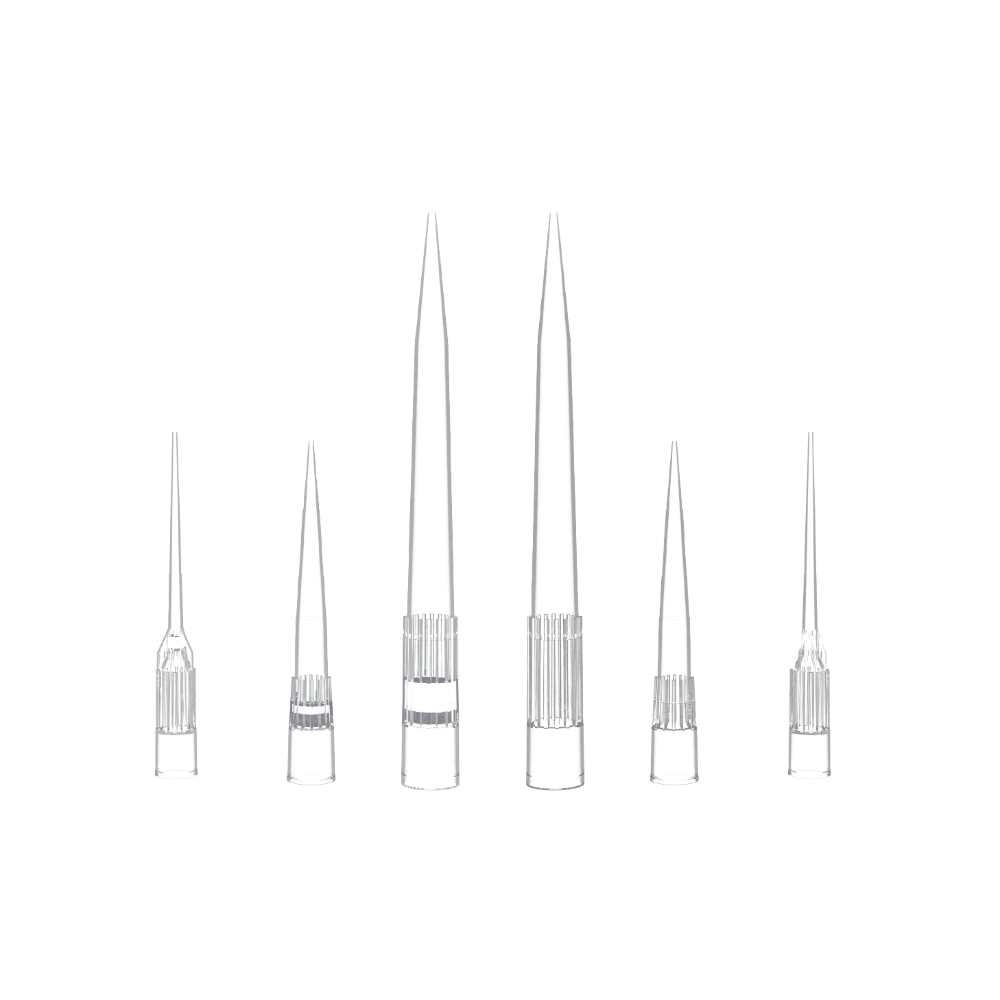

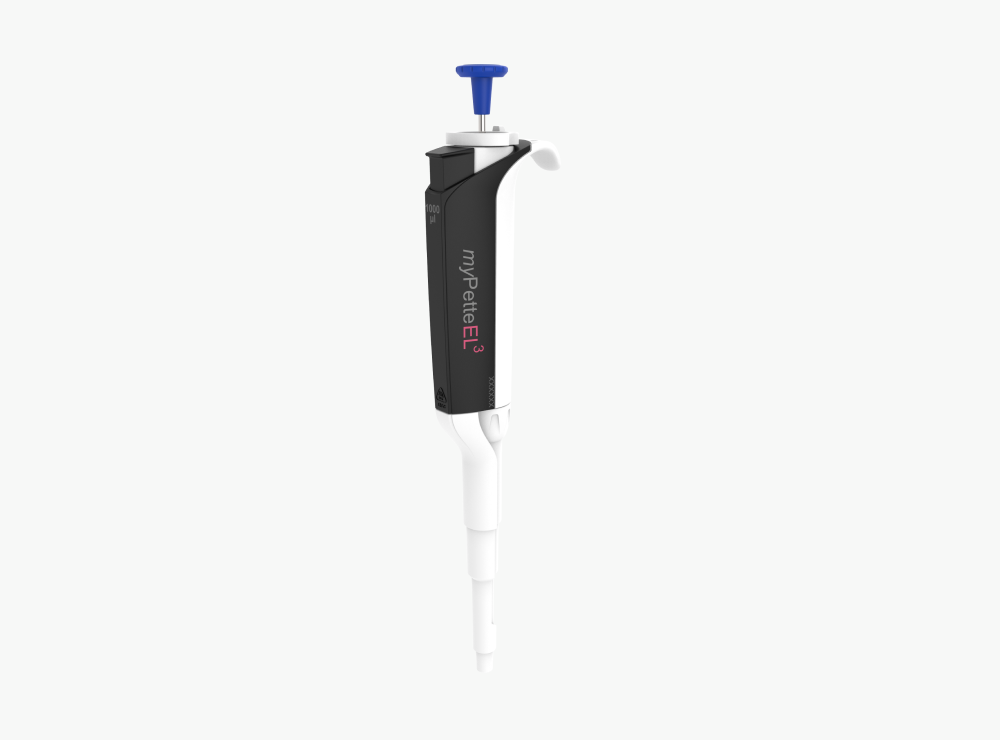


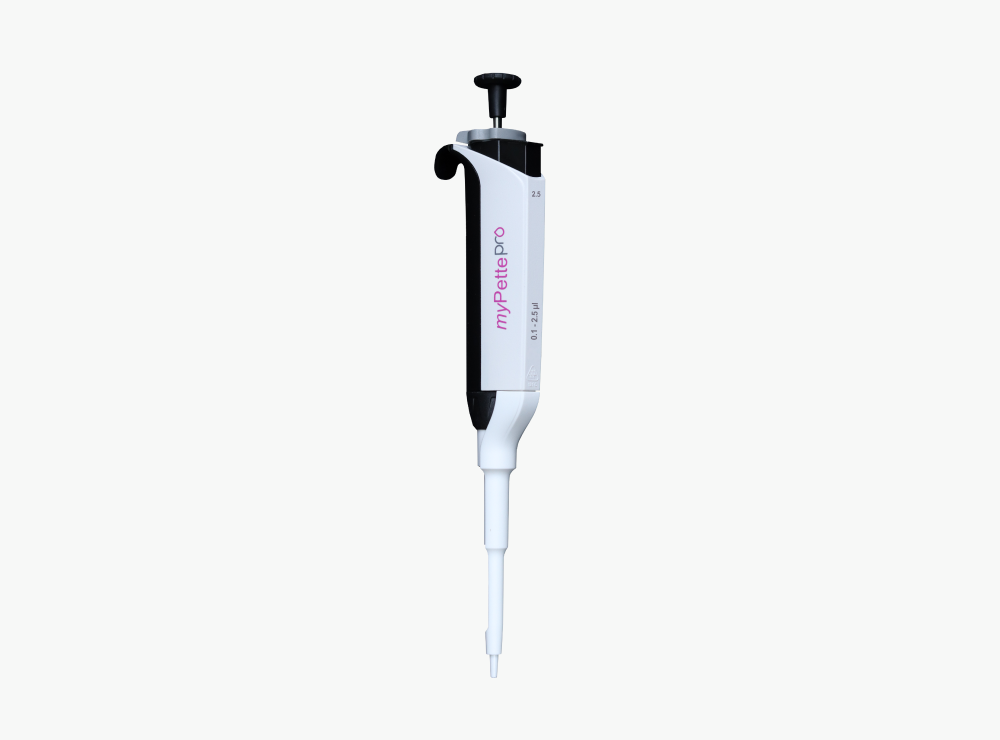
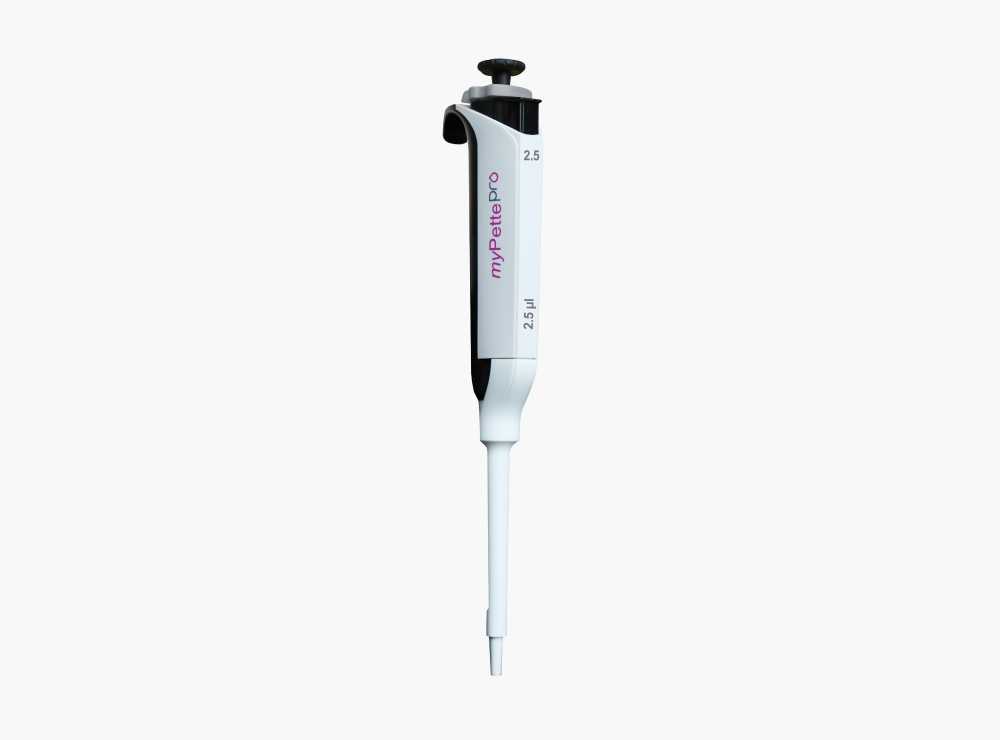

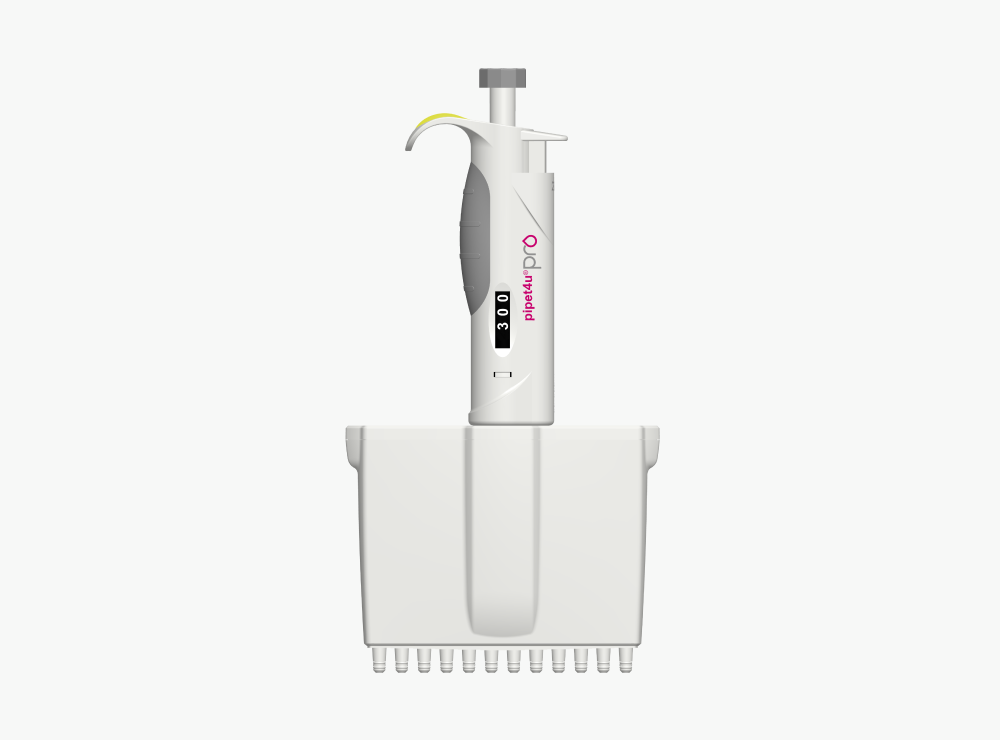

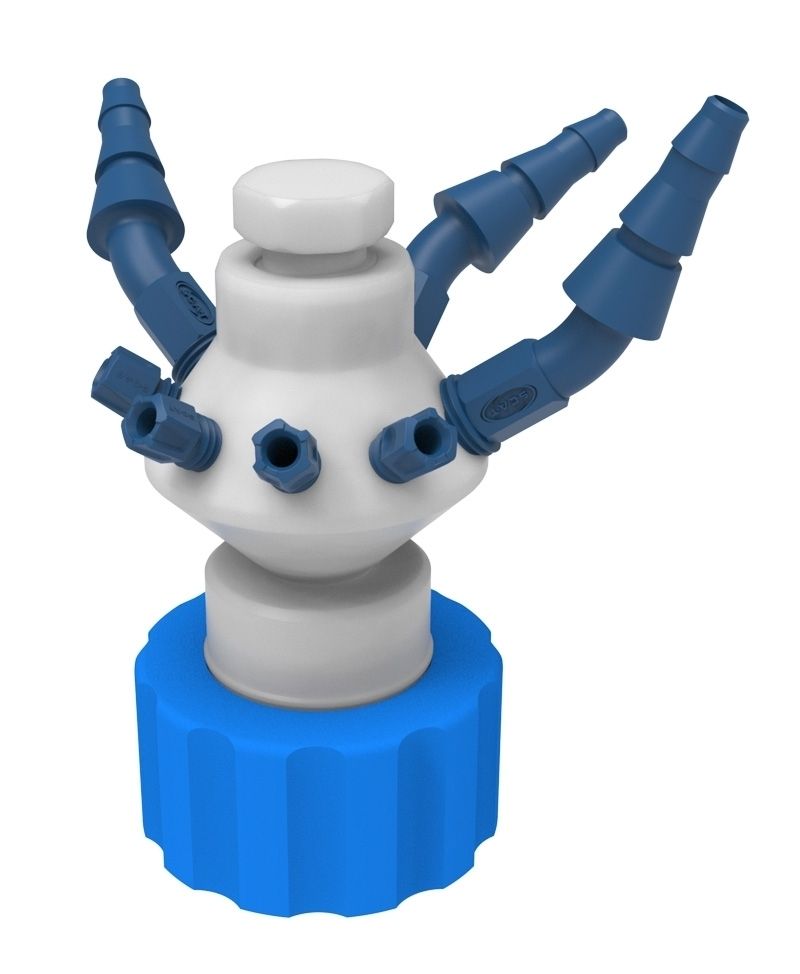


%20Standard.webp)


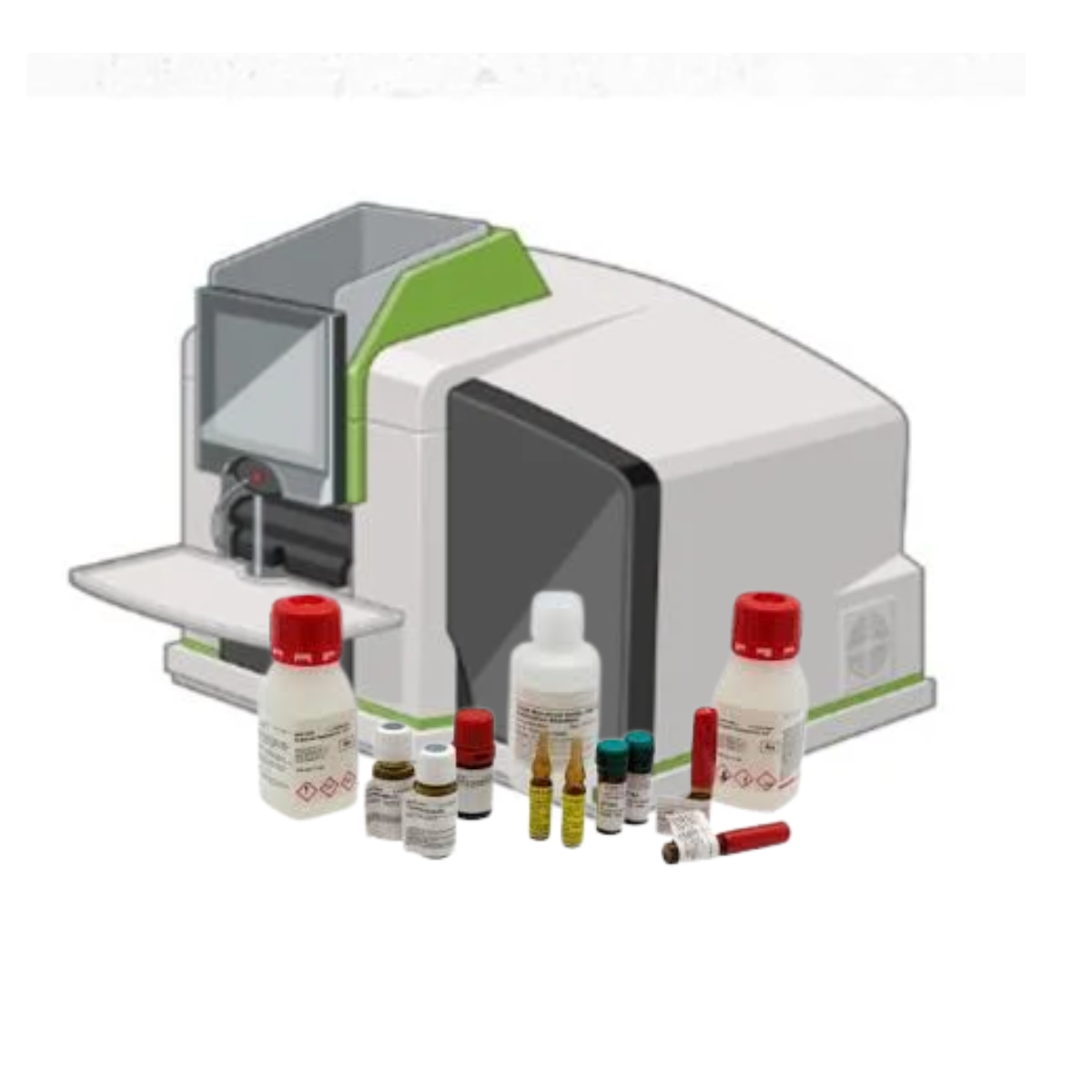








%20%26%20Metabolites%20Standard.jpeg)
%20Standards.png)






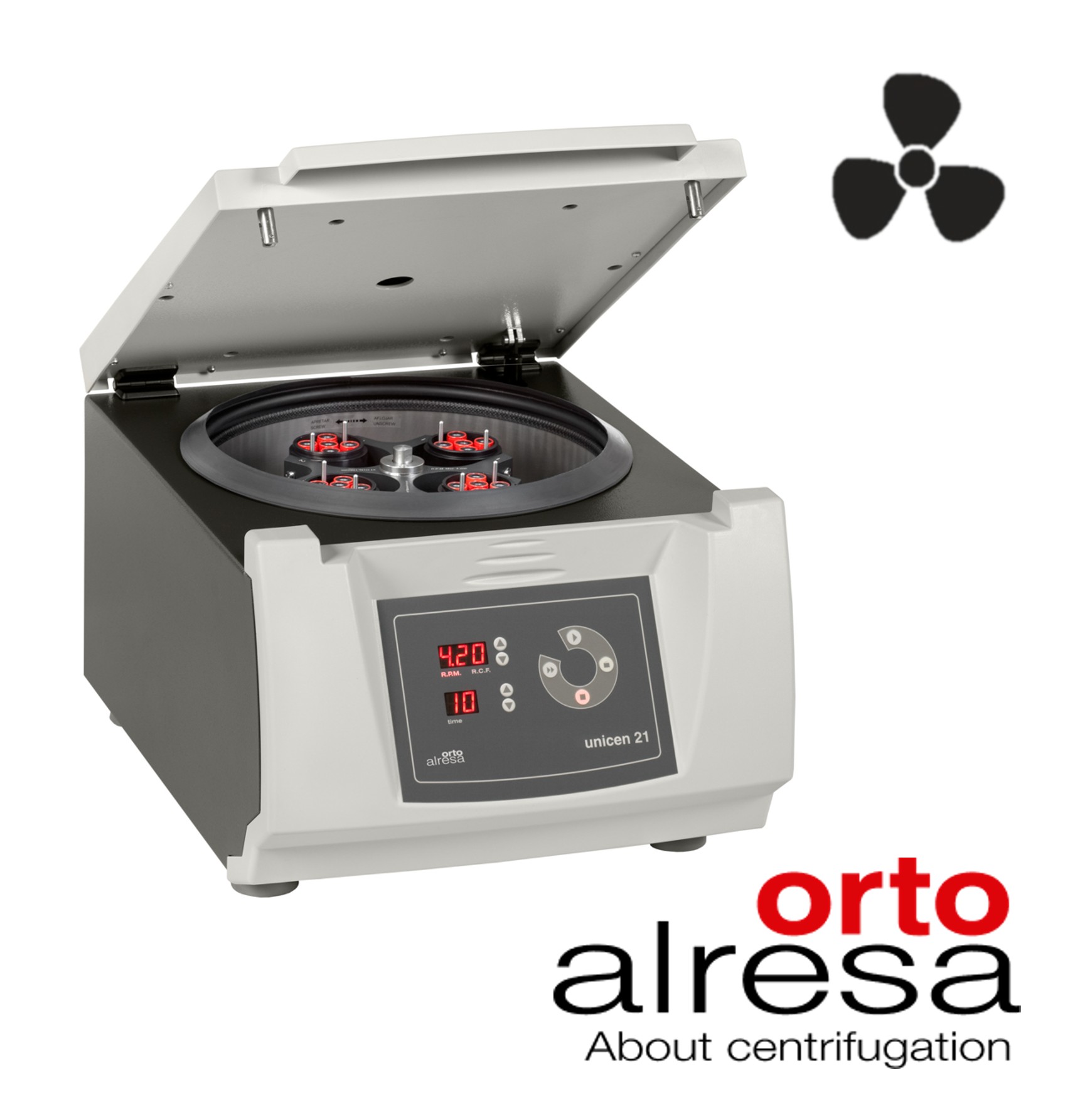

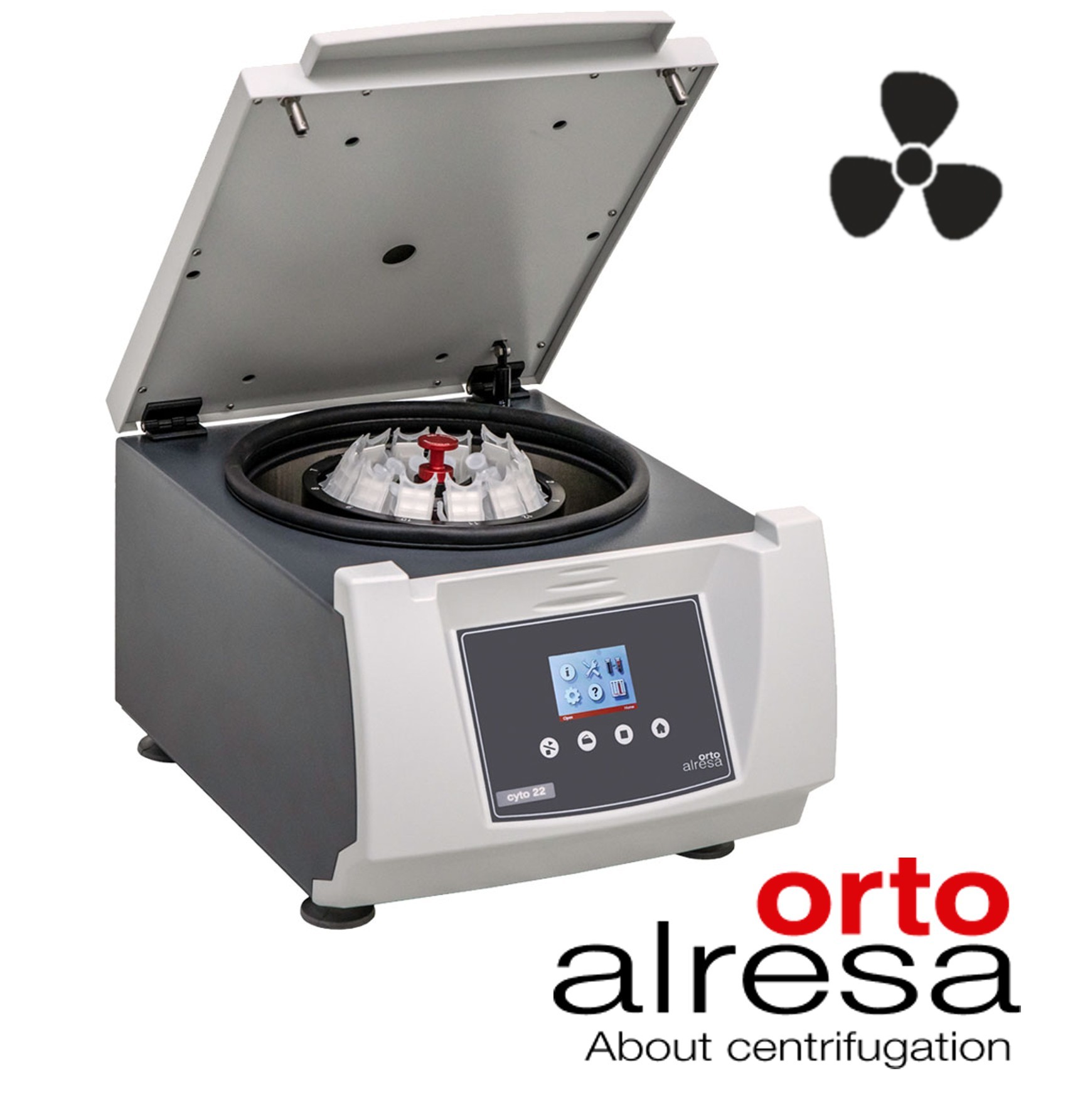
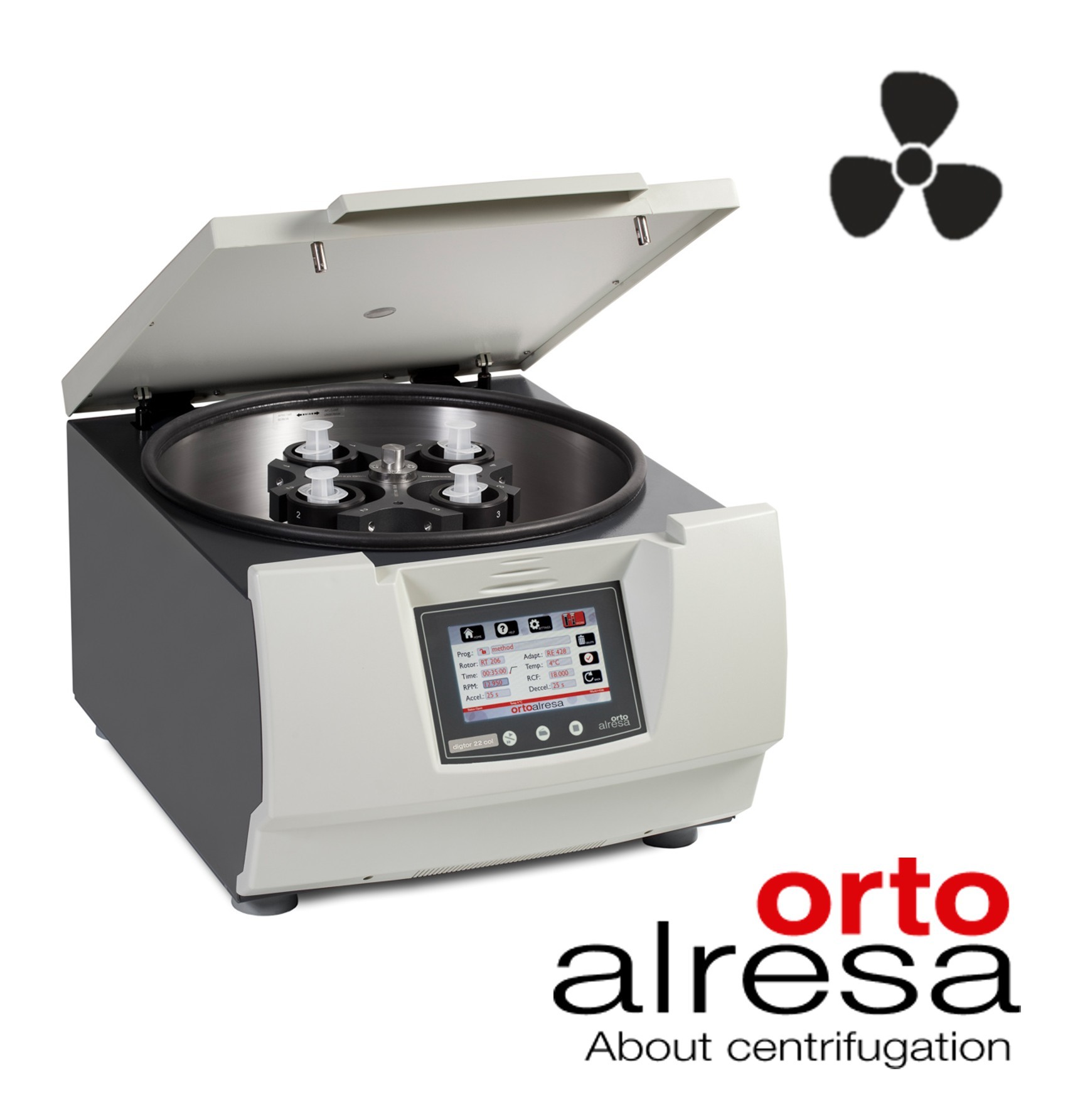
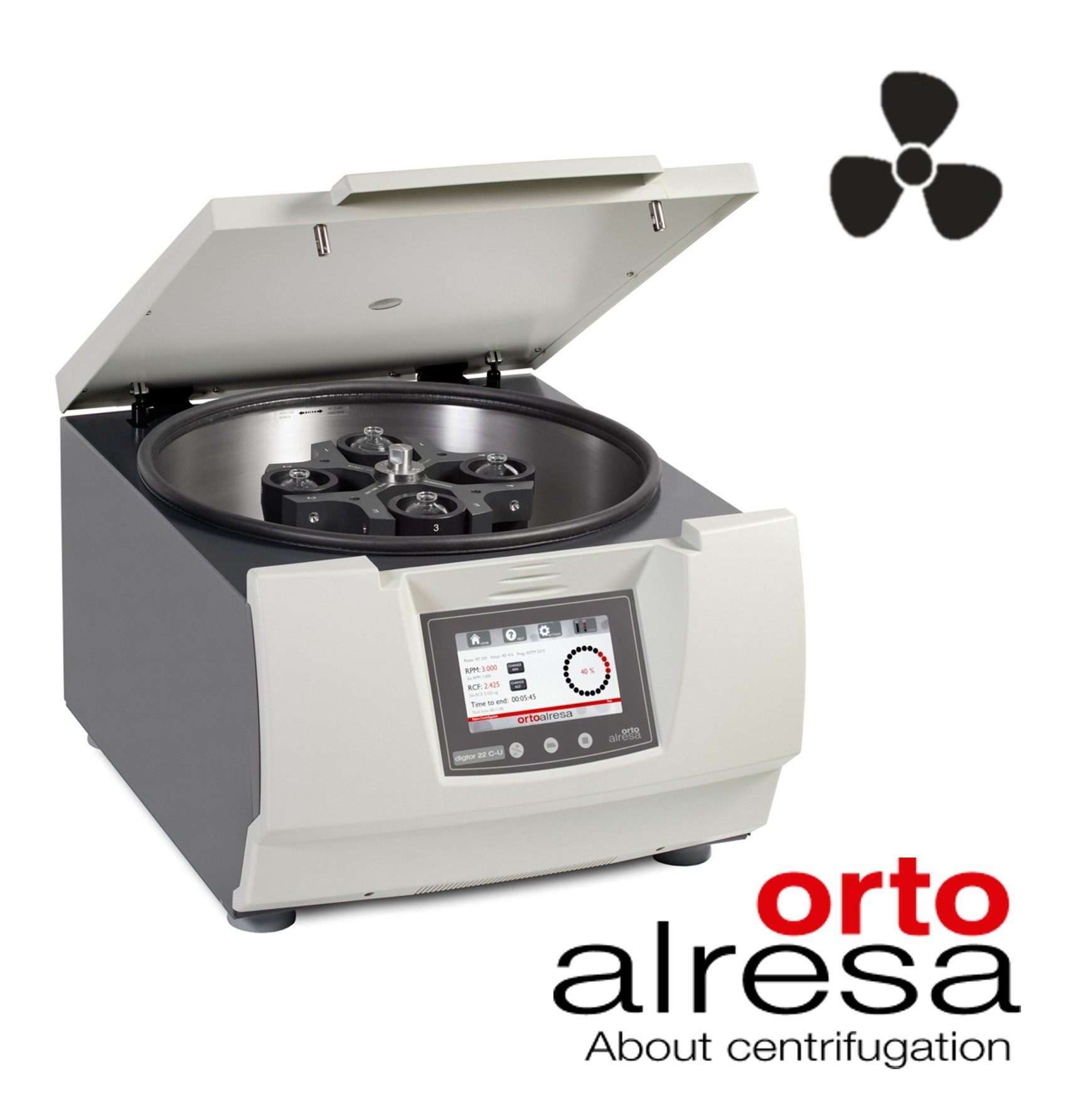
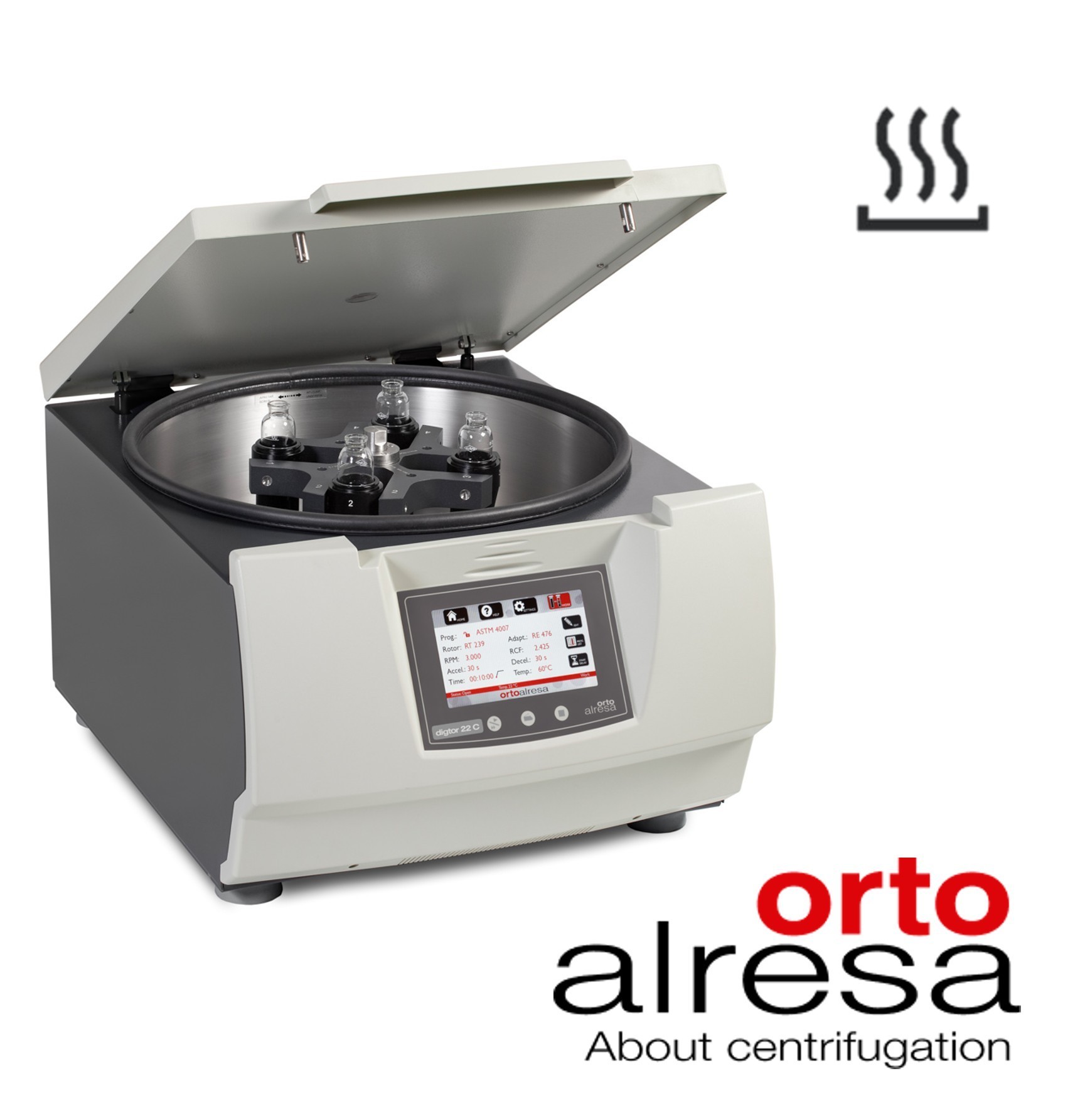
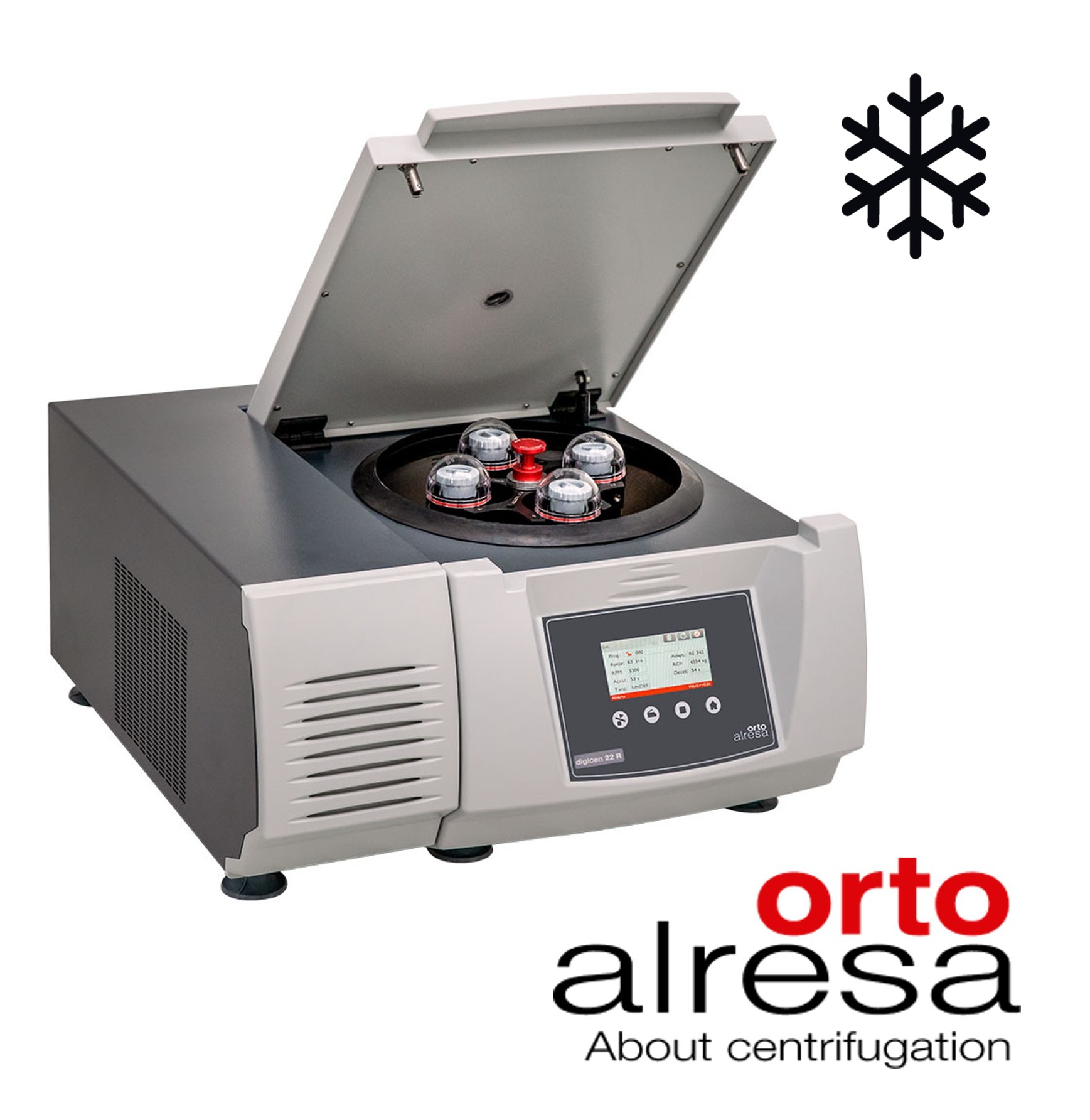

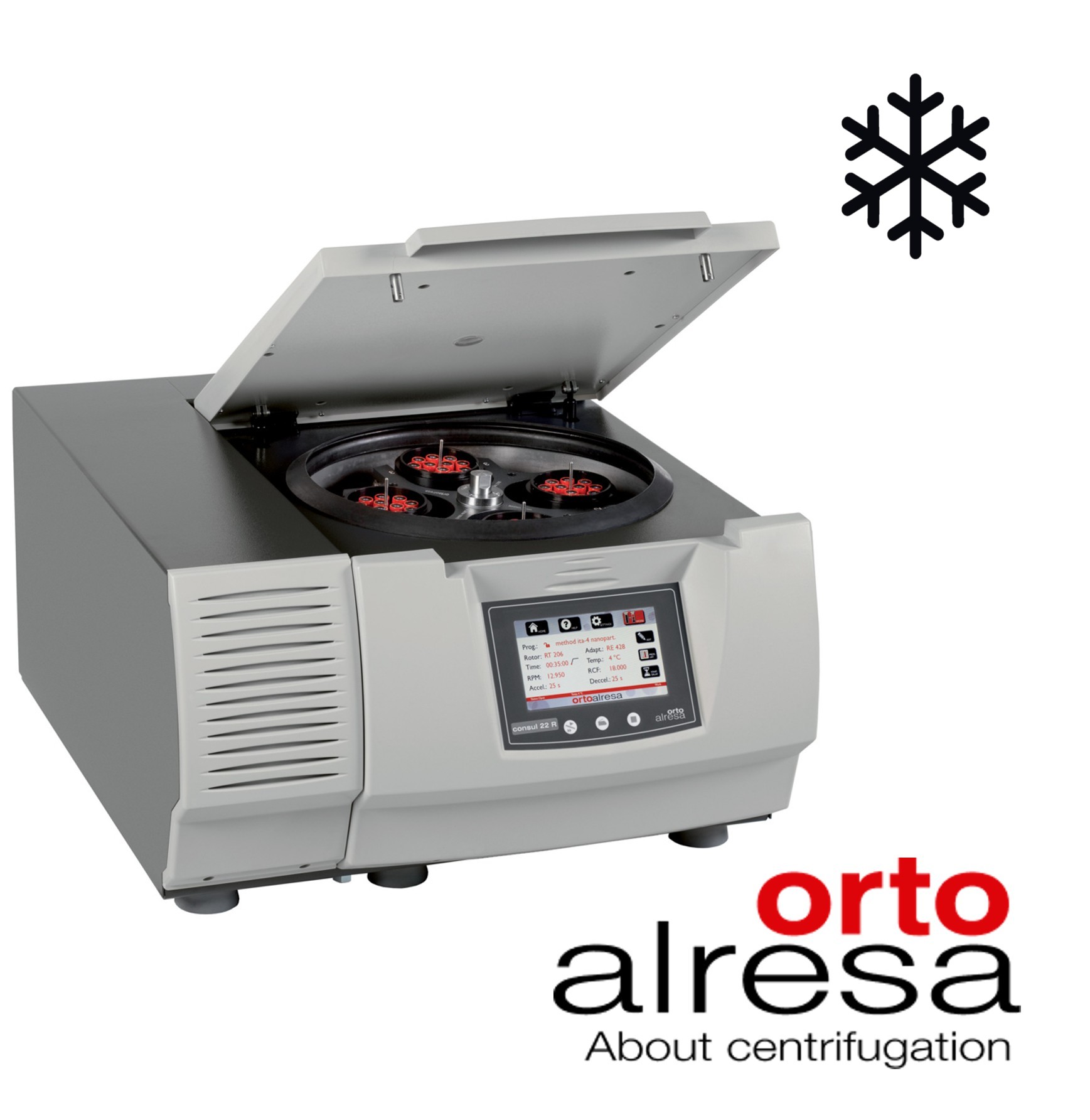
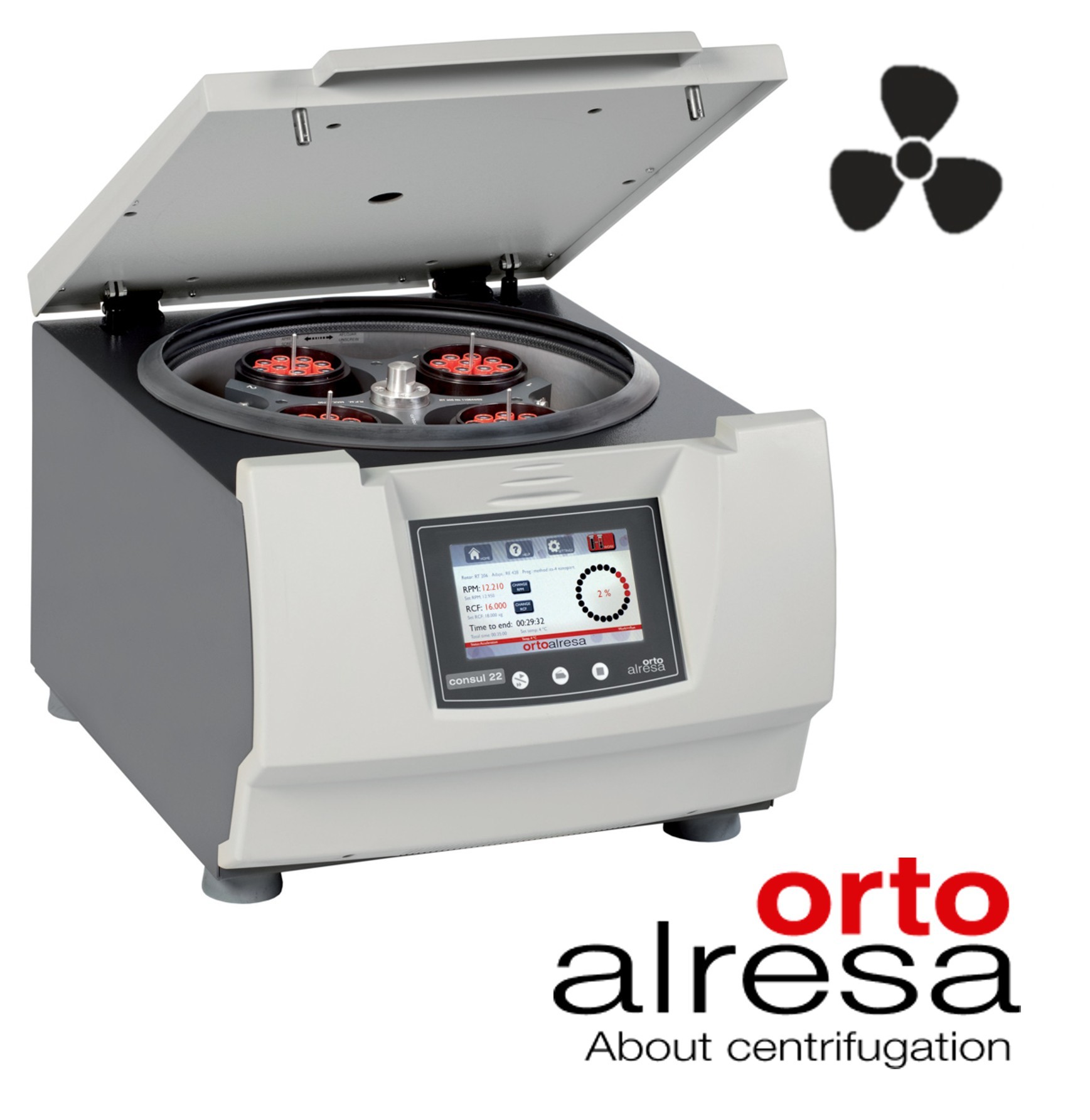
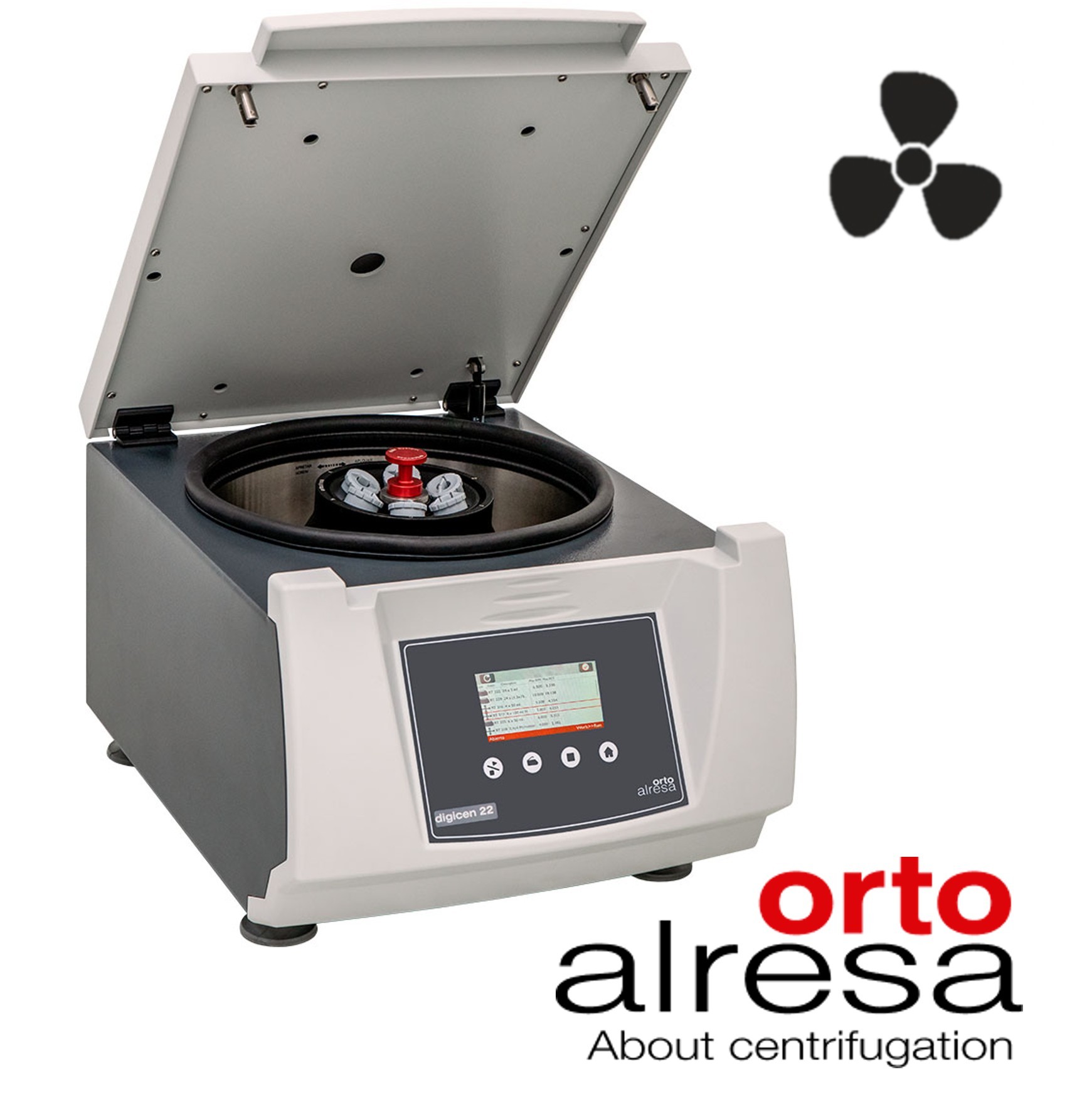
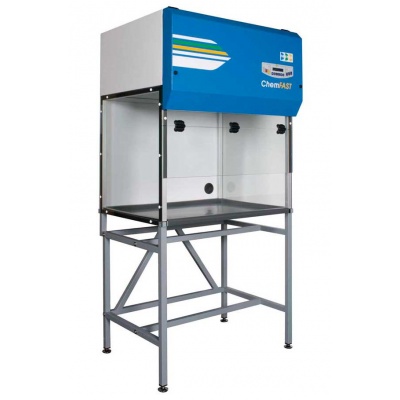

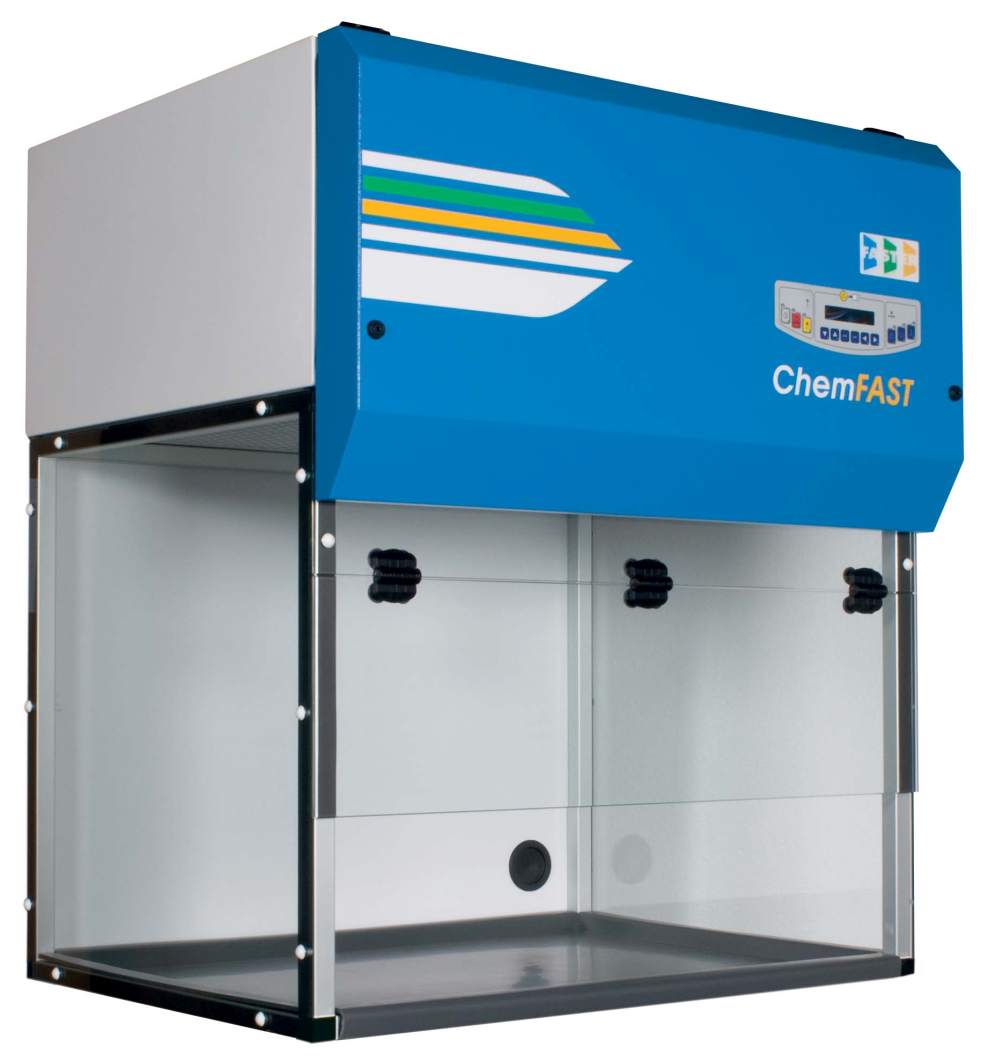





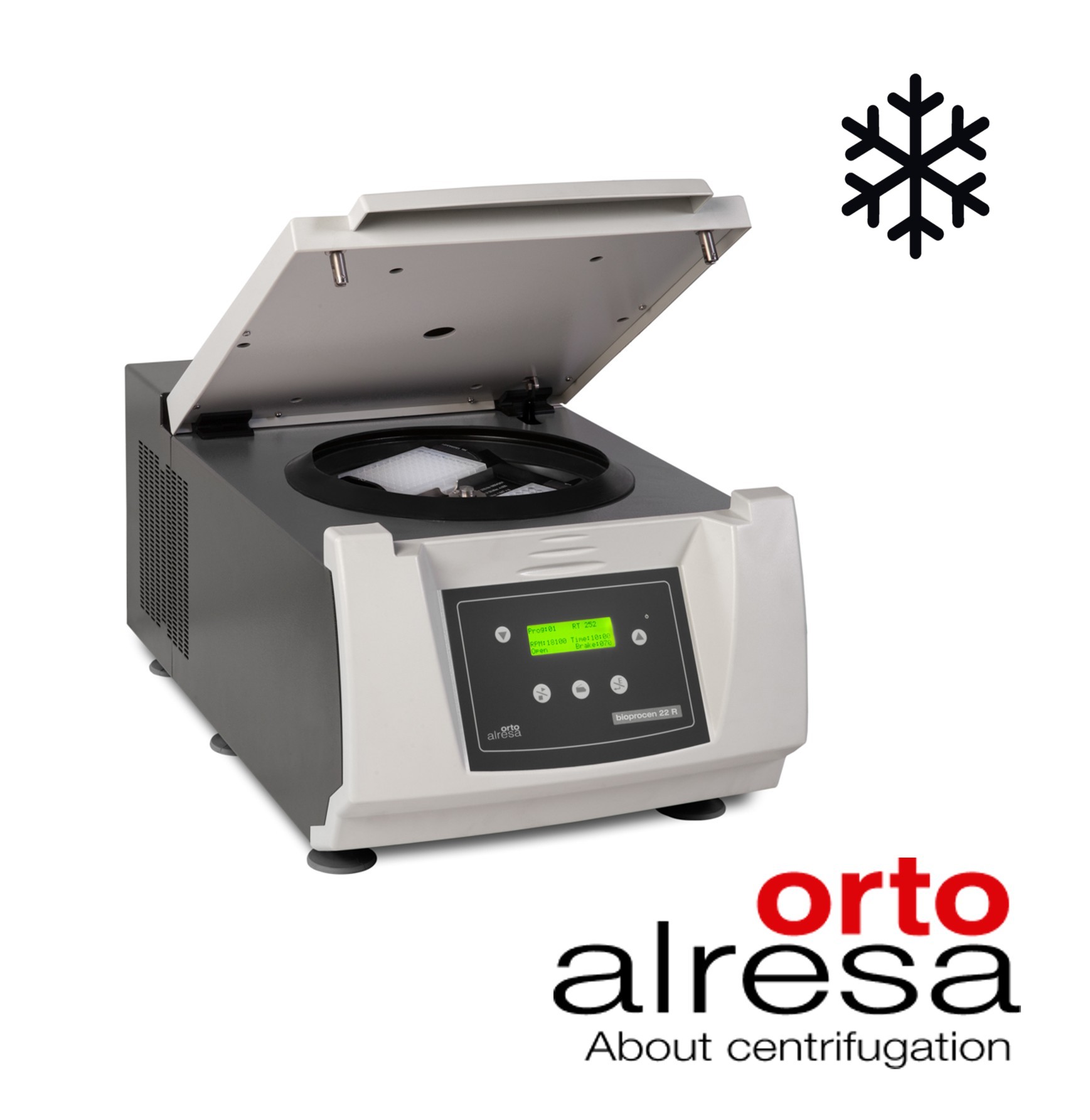















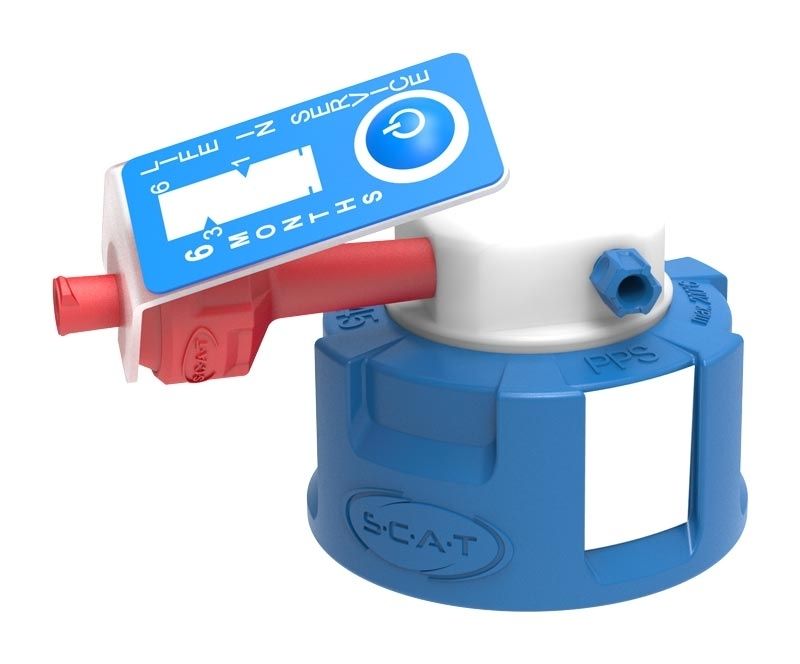

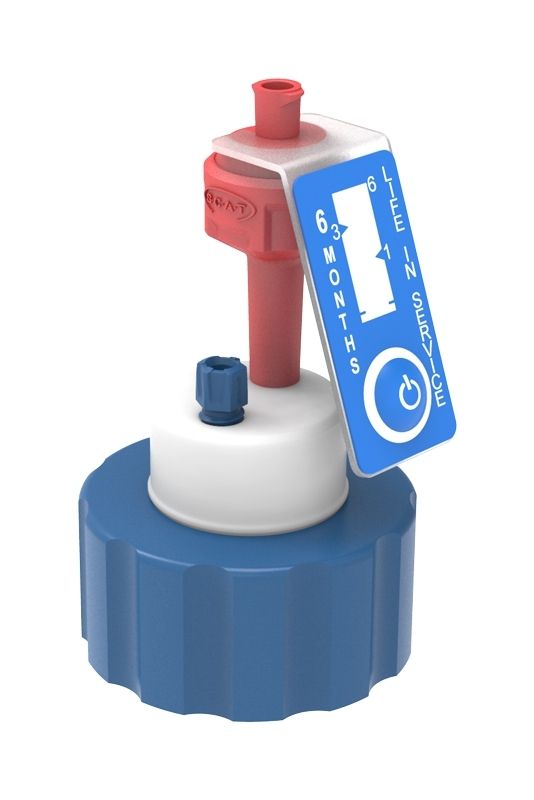
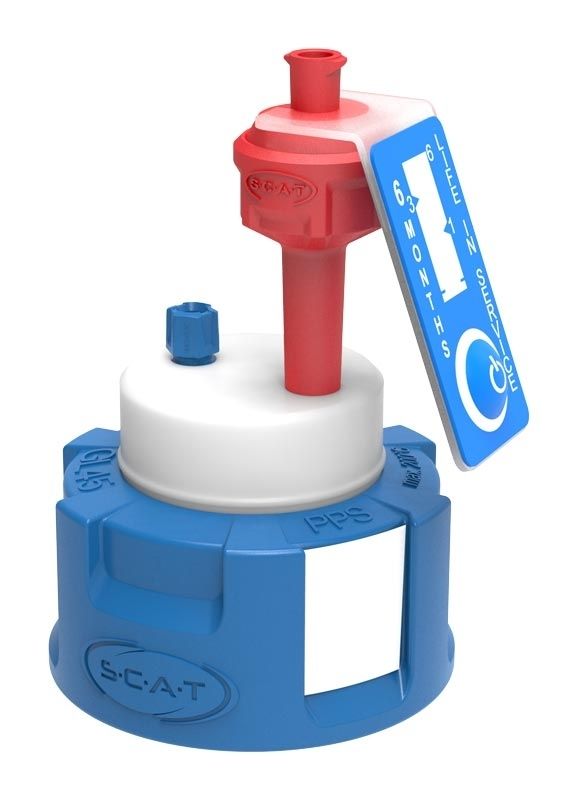






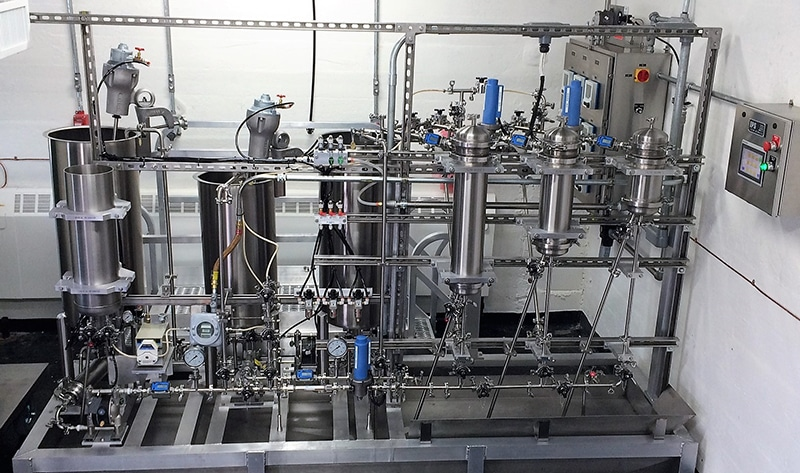
.jpg)

